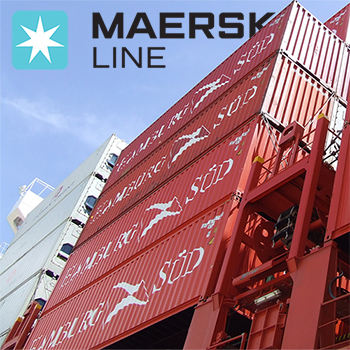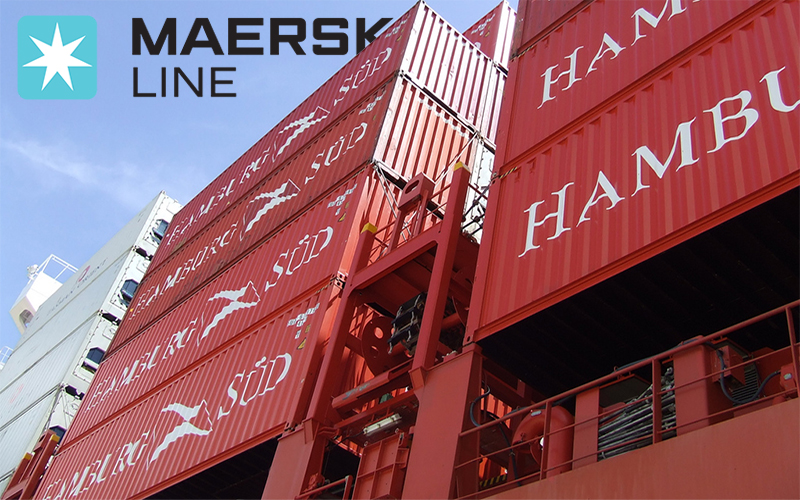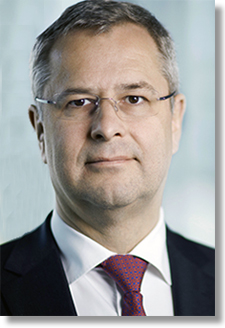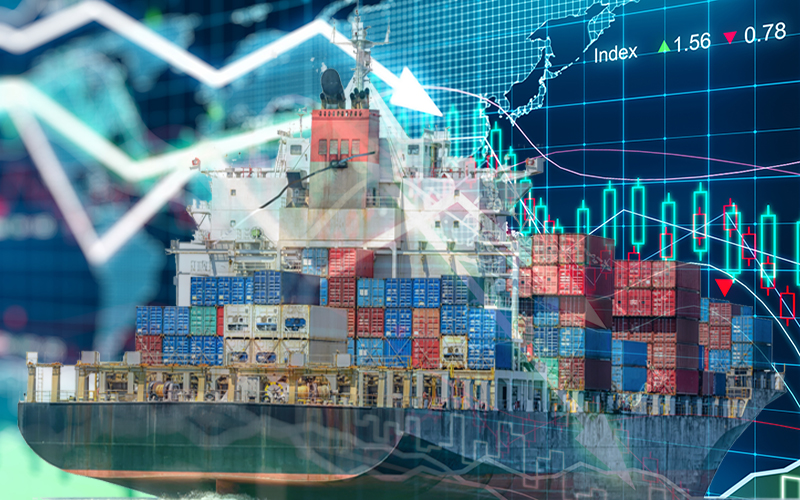Denmark-based Maersk Line, the world’s largest container shipping company, said today it plans to acquire to acquire Germany-based Hamburg Süd, the seventh largest container shipping line, from the Oetker Group.
Maersk declined to disclose financial terms of the deal, but it did say that it will “communicate further details” after the approval of the sales and purchase agreement, which is expected early in the second quarter of 2017, with the transaction expected to close by the end of 2017.
Hamburg Süd is recognized as a leader in the North-South trades, said Maersk and has 130 container vessels with a container capacity of 625,000 TEU (Twenty-Foot Equivalent Units).
The carrier has 5,960 employees in more than 250 global offices and markets its services through the Hamburg Sud, Chile-based CCNI, and Brazil-based Alianca brands. The company had $6.726 billion in 2015 revenue, with $6.261 billion from its container line business.
When Hamburg Süd officially becomes part of Maersk, Maersk Line will have container capacity of roughly 3.8 million TEU and 18.6 percent of total global capacity share, with its combined fleet comprised of 741 container vessels with an average age of 8.7 years.
“Today is a new milestone in Maersk Line’s history,” said says Søren Skou, CEO of Maersk Line and the Maersk Group, in a statement.
“I am very pleased that we have reached an agreement with the Oetker Group to acquire Hamburg Süd. Hamburg Süd is a very well-run and highly respected company with strong brands, dedicated employees and loyal customers. Hamburg Süd complements Maersk Line and together we can offer our customers the best of two worlds, first of all in the North - South trades.”
Maersk officials pointed out that that this deal follows a September announcement it made in which it said it planed to grow market share organically, as well as through acquisitions, with Skou noting that Hamburg Süd and Alianca will continue to operate as separate brands and through their local offices, as they have “competitive and attractive customer propositions,” which Maersk wants to keep intact.
As for what the Maersk network will look like upon completion of the deal, Maersk said that Maersk and Hamburg Süd customers will have access to the dedicated end-to-end services from Hamburg Süd in the North-South trade lanes, coupled with the flexibility and reach of Maersk’s global network, while also allowing Maersk to develop new products with more direct port calls and shorter transit times.
This deal comes at a time when the ocean container shipping sector continues to grapple with many challenges, including excess capacity, sluggish demand, lower profits, and a lack of pricing power and being able to have rate increases stick.
These factors, and others, have led to ongoing carrier consolidations and alliances designed to retain combined customer bases and realize cost synergies like fleets and IT systems in service debt burdens, an Alix Partners report published earlier this year observed.
Some recent deals and mergers and industry alliances that have come about as a result of declining ocean container market conditions include:
- CMA CGM acquiring Neptune Orient Lines;
- the Ocean Alliance comprised of COSCO Shipping, CMA CGM, Evergreen Marine, and Orient Overseas Container Line Limited (OOCL);
- the 2M Alliance of Maersk and MSC;
- the October announcement that K Line, Mitsui O.S.K. Lines Ltd., and Nippon Yusen Kabushiki Kaisha have agreed to establish a new joint-venture company to integrate the container shipping businesses (including worldwide terminal operating businesses excluding Japan) of all three companies and to sign a business integration contract and a shareholders agreement; and
- the merger of Hapag-Lloyd AG and United Arab Shipping Company S.A.G. (UASC)
Ben Hackett, founder of maritime consultancy Hackett Associates, told Logistics Management that this deal was somewhat expected, in that Maersk was the only European carrier with the financial resources to pull if off, as well as having a company culture similar to Hamburg Sud.
And he added that Hapag Lloyd was probably not in the running, due to financial constraints, as well struggling to integrate UASC.
“It is a nice fit for Maersk, strengthens their Latin American and ANZ (Australia-New Zealand) exposure and puts them in a powerful position with regard to refrigerated transport of goods,” said Hackett.
“It’s also seasonal, but less exposed to economic ups and downs as people still need to eat whatever the economy is doing. They gain CCNI and Allianca as part of the deal, and it makes them the strongest player on both coasts of South America, moving fruit and vegetables on the west coast and meat on the east coast.”
“It will take some time for Maersk to get this through the EU Competition Commission, but they will have the support of the German Government, I am sure. It also makes Maersk virtually untouchable in terms of size as a world class carrier.”
Should this deal come to fruition, it represents another attempt to consolidate the industry by multiple trade lanes, according to Dean Tracy, logistics and global supply chain consultant, at Global Integrated Services, LLC.
“While Hamburg Süd is not big in the FE (Far East)/US trade lane, it is [big] on the North and south routes, but what it means it is that the carrriers will have further control on capacity and therefore a greater opportunity to increase rates and an honest opportunity to make them stick.”
Related: Volatility Continues to Define International Logistics
About the Author
Follow Robotics 24/7 on Linkedin
Article topics
Email Sign Up




















